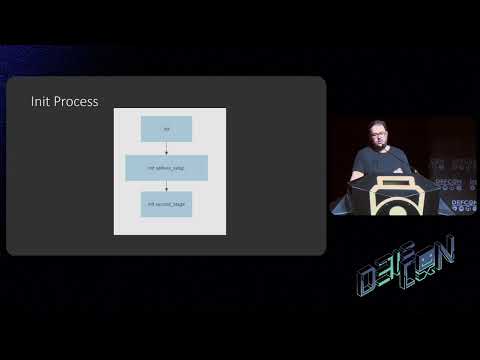Description:
Save Big on Coursera Plus. 7,000+ courses at $160 off. Limited Time Only!
Grab it
Learn about critical vulnerabilities in modern Android smartphones through a DEF CON 31 conference talk that explores physical attack vectors and security weaknesses. Dive into detailed case studies examining privilege escalation techniques through Recovery mode exploitation and Secondary Bootloader vulnerabilities. Explore how to achieve root access on locked bootloader devices using only a Micro SD card, and discover USB stack vulnerabilities that enable code execution and modified Android image booting. Master advanced concepts including SELinux protection bypasses, command injection exploitation, init process manipulation, USB control transfer fuzzing, and bootloader debugging. Gain hands-on knowledge of Android security architecture, bootloader operations, and real-world attack methodologies through practical demonstrations and technical deep-dives into vendor-specific Android implementations.

Physical Attacks Against Smartphones: Android Security Vulnerabilities and Exploits
Add to list
#Programming
#Mobile Development
#Android Development
#Android Security
#Information Security (InfoSec)
#Cybersecurity
#Privilege Escalation
#Vulnerability Analysis
#Computer Science
#Information Technology
#Linux
#SELinux
#Computer Security
#USB Security